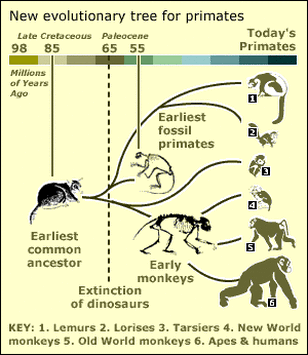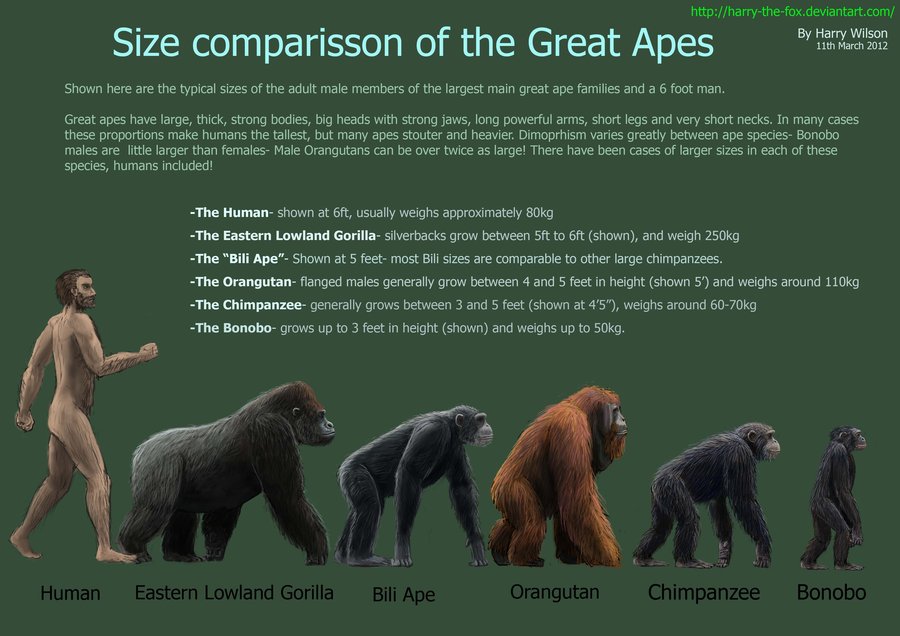Possible Origins of the Sasquatch
 Rendition of the Gigantopithicus.
Rendition of the Gigantopithicus.
Pongid Sasquatch
Pongid Sasquatch is the prevailing paradigm, that espoused by John Green, the late Rene Dahinden, the late Dr. Grover Krantz, and Dr. Jeff Meldrum.
The characteristics of Pongid Bigfoot theory are:
Pongid Sasquatch is the prevailing paradigm, that espoused by John Green, the late Rene Dahinden, the late Dr. Grover Krantz, and Dr. Jeff Meldrum.
The characteristics of Pongid Bigfoot theory are:
- Most likely descendant of Gigantopithecus blacki, generally a more distant relation of mankind than chimpanzees and bonobos.
- Extremely rare, presumably endangered
- Solitary
- Ape-like in intelligence and behavior
- Share few behavioral traits with humans
- Incapable of language or proto-language
- Generalized omnivore with heavy reliance on forage
- DNA samples from hair and scat are difficult or impossible to obtain
- Elusiveness explained by extreme rarity, nocturnal lifestyle, and a retiring temperament
- Preferred method of scientific documentation is capture or kill
- Genuine evidence of Sasquatch is rare, with hoaxing both ubiquitous and insidious within the body of evidence
- Supporters of this theory tend to be more skeptical of new evidence and less certain that Sasquatch exists.
 Early Man
Early Man
Hominid Sasquatch
Hominid Sasquatch, for many years a minority view, is espoused by Peter Byrne and Dr. Bayonev and Igor Burtsev.
The characteristics of the Hominid Sasquatch Theory:
Hominid Sasquatch, for many years a minority view, is espoused by Peter Byrne and Dr. Bayonev and Igor Burtsev.
The characteristics of the Hominid Sasquatch Theory:
- Part of the hominid line, perhaps as closely related to mankind as Homo heidlebergensis
- Cunningly elusive rather than rare
- Ubiquitous across North America
- Social, but with solitary periods during the life cycle, especially for males
- Human-like in intelligence and behavior
- Share many behavioral traits with mankind with the notable exception of a technological culture
- Capable of language / proto-language, often thought to speak Native American tongues
- Specialized omnivore with heavy reliance on socially cooperative hunting
- DNA samples from hair and scat closely resemble human "contamination"
- Elusiveness explained by human-like intelligence and cunning, nocturnal lifestyle, retiring temperament, and possible culture-of-concealment which includes the active concealment of sign
- Preferred method of scientific documentation is habituation
- Genuine evidence of Sasquatch is more common than assumed by the Pongid camp, and hoaxing is a minor annoyance rather than a significant problem
- Supporters of this theory tend to be less skeptical of new evidence and more certain that Sasquatch exists.







